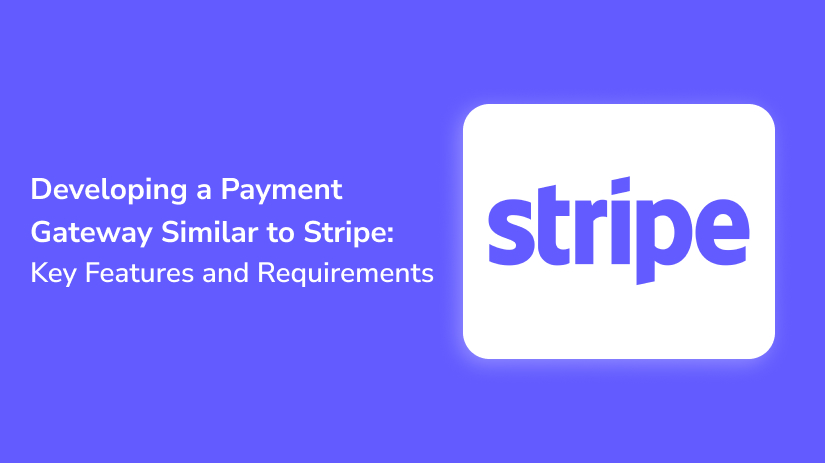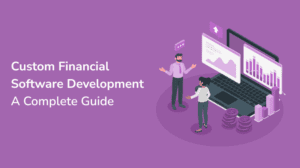In the ever-evolving fintech landscape, creating a payment platform like Stripe demands meticulous planning and execution. Whether you’re a Stripe Development Company or a tech entrepreneur, understanding the essential features and requirements is crucial.
This blog delves into the core aspects necessary for developing a Stripe-like platform, highlighting the critical components that ensure a robust and scalable payment solution.
Key Features for Developing a Stripe-Like Platform
1. Payment Processing
At the heart of any Stripe-like platform is seamless payment processing. This includes the ability to handle multiple payment methods such as credit cards, bank transfers, and digital wallets. Ensuring fast, secure, and reliable transactions is paramount. Leveraging APIs for easy integration with e-commerce sites and mobile apps is a key aspect of this feature.
2. Security and Compliance
Compliance with financial regulations (PCI DSS, GDPR) and implementing robust security measures (encryption, tokenization) are non-negotiable. A platform must ensure data protection and fraud prevention to build trust with users and partners. Regular security audits and updates are essential to maintaining high security standards.
3. Global Payments
Supporting multiple currencies and cross-border transactions can significantly expand your platform’s reach. This requires a deep understanding of international banking systems, local payment methods, and currency conversion processes. Offering localized payment options can enhance user experience and satisfaction.
Connect with us for Fintech Development Needs
Trusted by companies like Plaid, Yodlee, Codat.
4. User Account Management
Efficient user account management, including customer and merchant profiles, is critical. Features like multi-factor authentication, account verification, and detailed user dashboards can provide transparency and control to users. Integrating these with comprehensive reporting tools can help users manage their finances effectively.
5. Developer-Friendly APIs
Providing comprehensive, well-documented APIs is essential for easy integration and customization. This includes SDKs for various programming languages and platforms. Companies looking to hire Ruby on Rails development companies will benefit from robust API documentation and support, enabling seamless integration into their systems.
6. Recurring Billing and Subscription Management
For platforms catering to businesses offering subscription-based services, recurring billing, and subscription management features are vital. These include automated invoicing, customizable billing cycles, and easy subscription plan adjustments. Donation management software can also benefit from these features, ensuring smooth and consistent donation processing.
7. Advanced Analytics and Reporting
Incorporating advanced analytics and reporting tools allows users to gain insights into their transaction data, track performance metrics, and make informed business decisions. Dashboards with real-time data visualization, custom reports, and alerts can significantly enhance user experience.
Connect with us for Fintech Development Needs
Trusted by companies like Plaid, Yodlee, Codat.
Requirements for Building a Stripe-Like Platform
1. Scalable Infrastructure
Building a platform that can scale with user growth is fundamental. Cloud-based infrastructure solutions offer the flexibility and scalability needed to handle varying transaction volumes and user demands.
2. Experienced Development Team
Hiring a team with expertise in fintech developments is crucial. This includes developers proficient in key programming languages (such as Ruby on Rails), security experts, and compliance specialists. Engaging a Stripe Development Company or experienced freelancers can ensure the project adheres to best practices and industry standards.
3. Strategic Partnerships
Establishing partnerships with banks, payment processors, and other financial IT services providers can facilitate smoother transactions and expand service offerings. Collaborating with established financial institutions can also help in gaining credibility and trust.
4. Continuous Innovation
The fintech industry is dynamic, with constant technological advancements and changing regulations. Continuous innovation and adaptation to new technologies and compliance requirements are essential for staying competitive. Regularly updating features and incorporating user feedback can drive platform improvements.
Conclusion
Developing a platform similar to Stripe involves a comprehensive understanding of payment processing, security, global transactions, user management, and developer support. By focusing on these key features and adhering to stringent requirements, businesses can create a robust and scalable payment solution.
Whether you’re a fintech startup or an established Stripe Development Company, the insights provided here can guide you in building a successful payment platform that meets the needs of modern businesses and consumers alike.
Happy Payment Gateway Development!!
Connect with us for Fintech Development Needs
Trusted by companies like Plaid, Yodlee, Codat.





